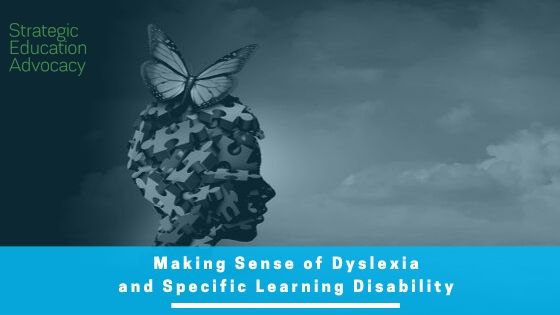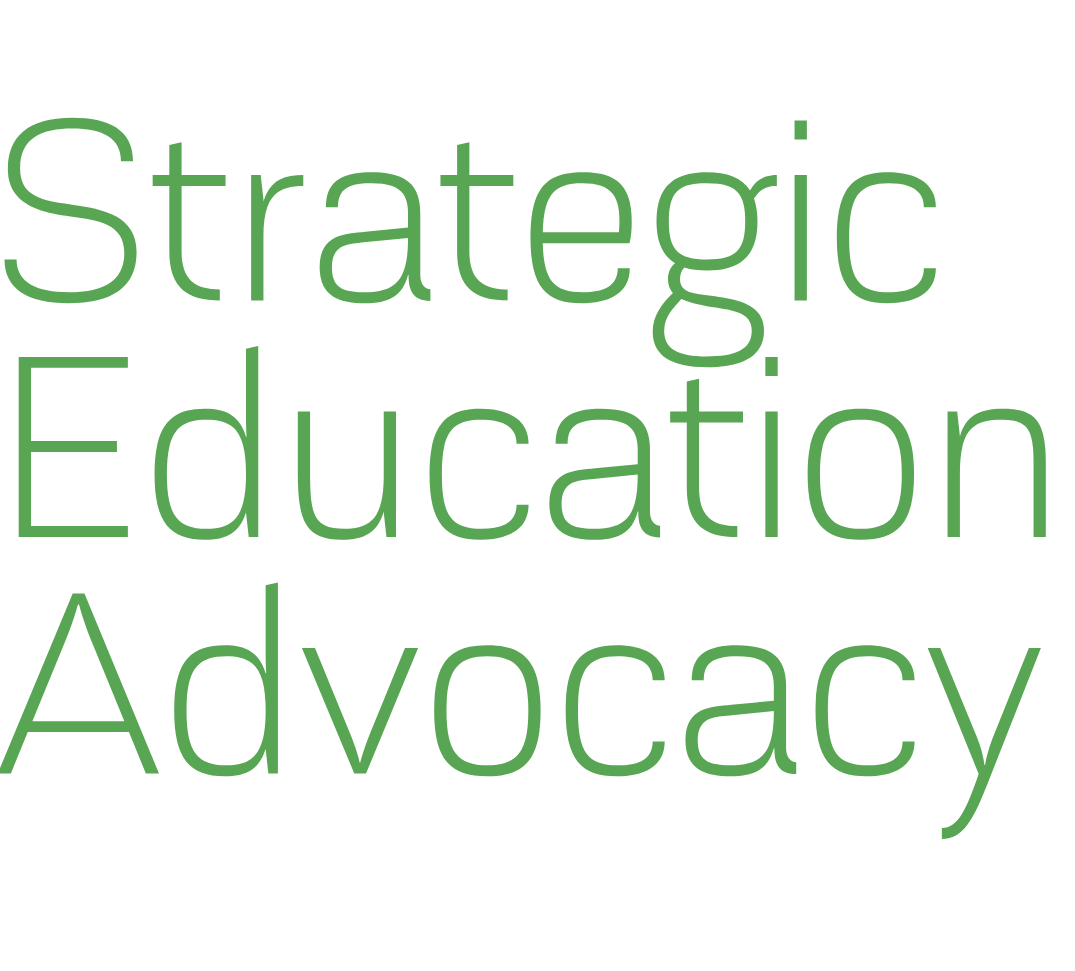
Does your child’s IEP list their qualifying condition as Specific Learning Disability? Have you been told your school doesn’t use the term ‘dyslexia’? It can be confusing. School employees may not have all the information they need or time to understand how it works, to answer your questions when it comes to dyslexia. So here’s the quick and dirty…
First of all, when schools are completing Individual Education Program documents, they must choose from a list of 13 categories to qualify a student for special education. What are those categories??
Here’s the list of 13 categories:
- autism
- deaf-blindness
- deafness
- emotional disturbance
- hearing impairment
- intellectual disability
- multiple disabilities
- orthopedic impairment
- other health impairment
- specific learning disability
- speech or language impairment
- traumatic brain injury
- visual impairment (including blindness)
You see Specific Learning Disability (SLD) but you might ask “where is dyslexia and what is Specific Learning Disability”? SLD is a disorder (classification for school purposes) that includes one or more of the basic psychological processes involved in understanding or using language, spoken or written, that may cause difficulty in one’s ability to listen, think, speak, read, write, spell, or do mathematical calculations. It includes many conditions, one of which is dyslexia. (If you’re curious some others you might know are dysgraphia and dyscalculia). The connecting factor is that the basic psychological processes include; attention, visual processing, auditory processing, phonological processing, sensory-motor skills, cognitive abilities including association, conceptualization and expression.
So that’s kind of a mouthful, right? The question becomes how come we can’t just write dyslexia on the IEP document? We know what the disability is, why not list it? The schools must choose from that list of 13 and often times, dyslexia is accompanied with other conditions that also fall within SLD. The good news is that even if you have heard that your school doesn’t “recognize dyslexia,” IDEA does and it specifically lists dyslexia under SLD. In fact, in California, effective in January of 2016, IEP forms began to include a checkbox for “phonological processing” in addition to the “auditory processing” and “visual processing” deficit boxes schools were required to mark if a child qualified under SLD. What’s important about this? Phonological processing is the hallmark in most children with dyslexia. If this box is checked, the school is identifying your child has dyslexia, it’s just another way of indicating it.
Now that you know how and why it is indicated on your child’s IEP document, you can know that dyslexia IS listed under SLP and you can find that in IDEA. Because no one learns all the intricate details of IDEA until they become a parent of a child with a learning difference or disability, the school IEP team may appreciate you helping them find the short cut to the information, provided you supply it in an academic and respectful way.
As usual, the path isn’t straight, but you, being a rockstar parent of a child with a difference, found your way to the answer!
